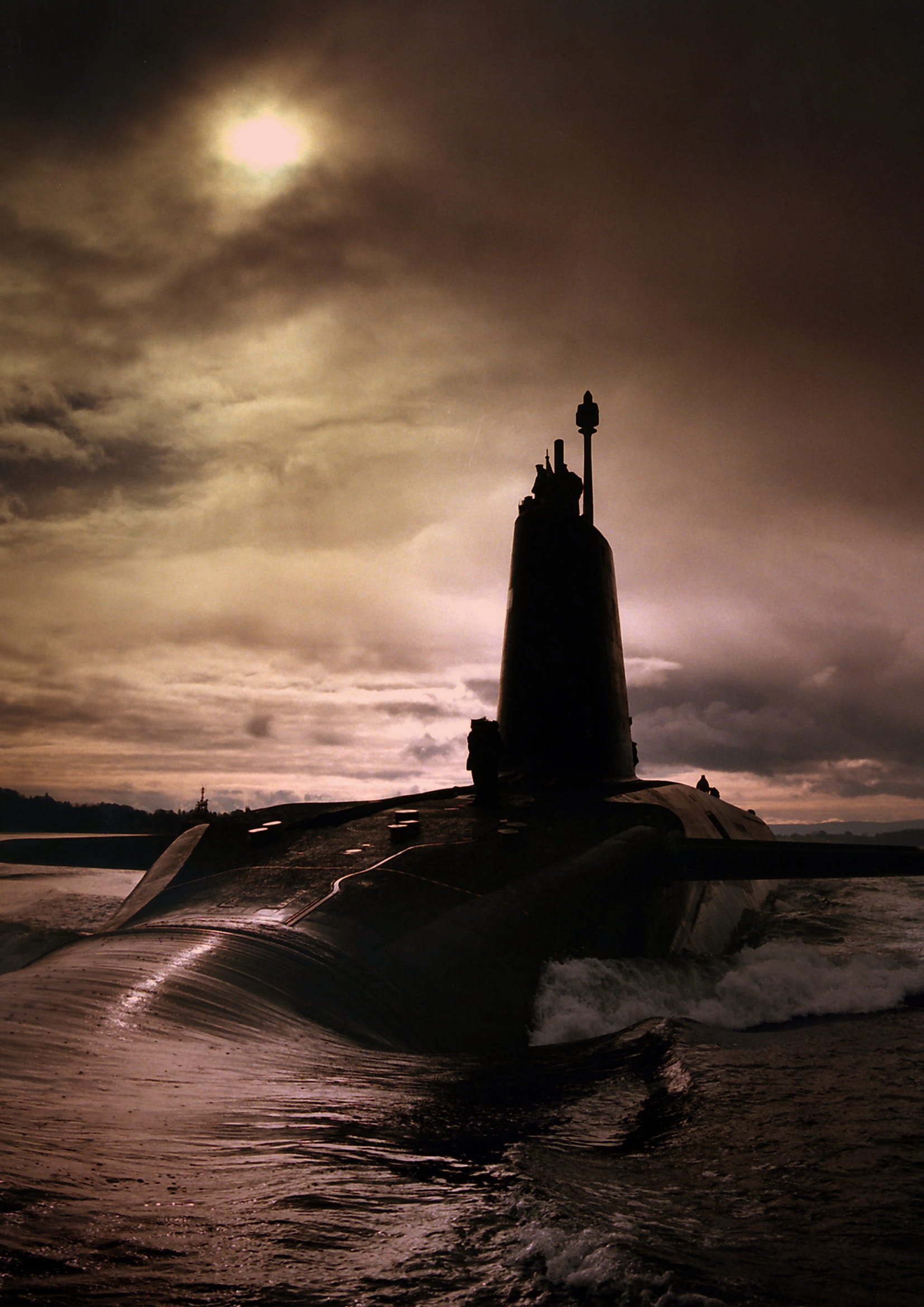Despite strong rhetorical support on part of the government for Continuous At-Sea Deterrence (CASD), a real risk exists that CASD could be interrupted in the early 2030s. Toby Fenwick’s second BASIC report on historic and current risks to continuous patrolling highlights four options for the UK government:
- To accelerate the build of the new Dreadnought-class SSBNs or refit HMS VANGUARD for a final commission in order to ensure CASD;
- To hope for the best as the UK government has done in the 1990s;
- To publicly move away from CASD, giving a sound geostrategic rationale for the change in posture; or
- To rely on the Alliance deterrence to ensure continuity
Toby Fenwick, BASIC Research Associate, says “We cannot have the current muddle where rhetoric and resources are misaligned, with the risk that UK strategic policy is revealed to be a Potemkin village of rhetoric built on foundations of sand if CASD is broken in the 2030s.”
Paul Ingram, BASIC Executive Director, says “UK strategic policy ought to be an intentional choice. The government needs to decide whether CASD remains part of its strategic priorities or whether the time has come for a change in posture.”
The report reveals the risk of the UK sliding into a situation where it breaks its CASD posture by accident. BASIC calls on the government to examine whether continuous patrolling remains the best option for the UK’s minimum and credible deterrent given current and historical risks of break in coverage and consider alternatives for maintaining British security. The government faces the choice of committing more resources to be able to ensure CASD continuation through the 2030s or to clarify UK defence strategy.


